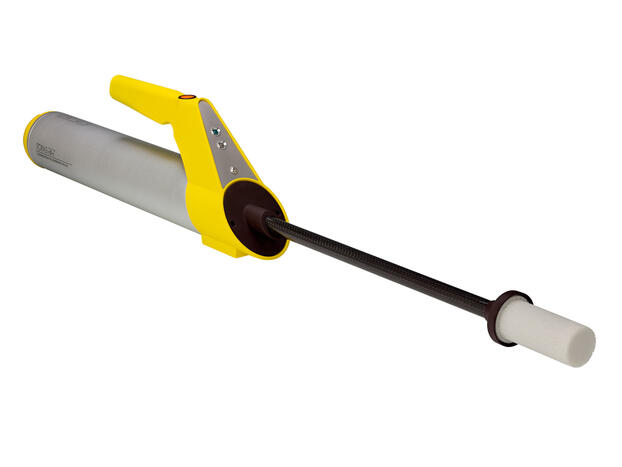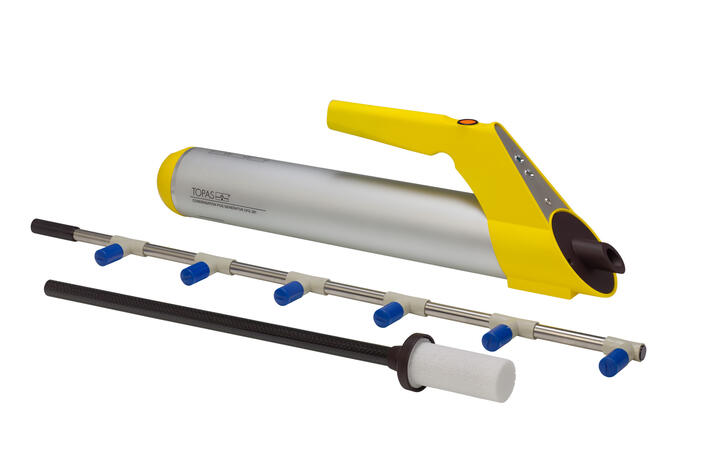CFG 291 Fog Generator
Condensation Fog Generator CFG 291 for fog generation to visualise air flows according to ISO 14644-3
The mobile fog generator CFG 291 is used to generate a highly visible, stationary fog for visualising air flows. It combines the handy design of the previous model CFG 290 with optimised fluid guidance and a specially developed evaporator.
The fog generator is primarily used for the initial acceptance and routine inspections of cleanroom systems in accordance with the standard series ISO 14644 or guideline VDI 2083-3 in order to detect leaks in the transition areas of cleanroom elements, to prove the presence of laminar displacement flow or to visualise the overpressure level of cleanrooms.
Standards
VDI 2083-3
VDI 2083
ISO 14644-3
download
product sheet CFG 291Benefits
- operation in different orientations possible (hermetically sealed fluid tank)
- nearly continuous operation (use of replaceable batteries)
- easy on-site replacement of the evaporator cartridge by the customer
- low-impulse fog input into ambient air stream (special discharge probe)
| Parameter title | Unit | Value |
|---|---|---|
| purpose of use | - | visualisation of gas flows |
| sample condition, outlet | - | highly visible, stationary fog |
| operating medium, liquid | - | fog fluid (TopFog Regular, TopFog Light) |
| operating medium, liquid - composition | - | main components triethylene glycol, glycerine and ultrapure water |
| operating medium, liquid - filling volume | mL | max. 60 |
| operating medium, Flüssigkeit - consumption | ml/min | 2 |
| power supply | - | lithium-ion accumulator; 3 cells (see product sheet) |
| dimensions (l × h × d) | mm | |
| weight | kg | 1,2 (empty); 1,8 (with battery) |
| operation time | min | 25 |
- fog fluid (TopFog Regular, TopFog Light)
- Aerosol distribution rake
- evaporator cartridge (new)
- Friebe C, Krause R, Heidenreich R, Holfeld S, Rosenbaum H,\r\nHackeschmidt K and Gruttner R Test Procedures of Mobile Air Cleaning Devices - First Experiences and Results E3S Web of Conferences 343 (2022) 3004,
dx.doi.org/10.1051/e3sconf/202234303004




